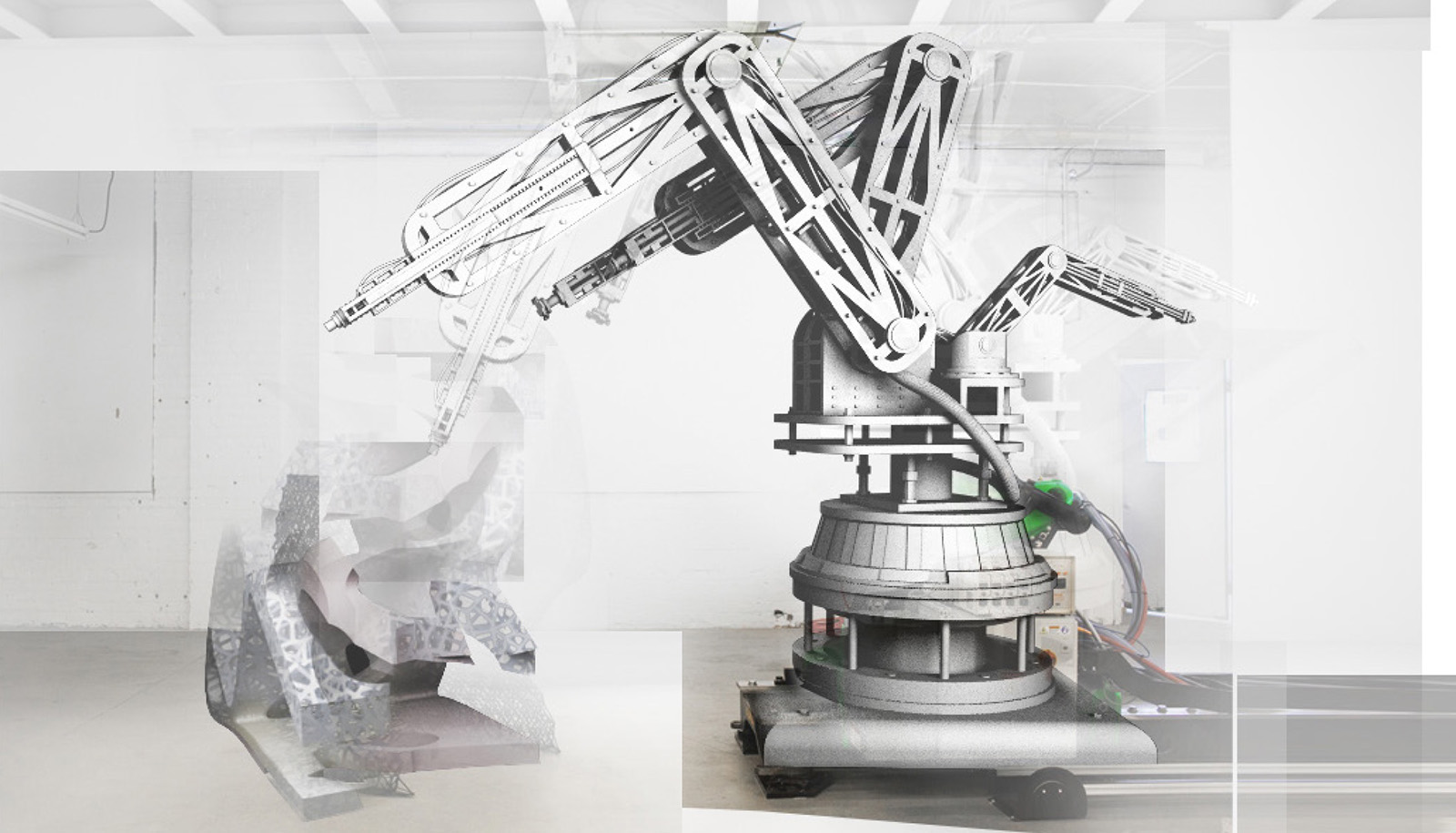Downloads
DOI:
https://doi.org/10.7480/spool.2017.2.1923Keywords:
optimised 3D concrete printing, Computer Aided Manufacturing, digital manufacturing, Additive ManufacturingAbstract
The application of new Computer Aided Manufacturing (CAM), digital fabrication and additive manufacturing techniques in the construction industries is expected to bring major change to these industries. Driven by a foreseen reduction of construction time and labor cost, simplification of logistics and an increase of constructible geometrical freedom, many experiments are performed both at academia and in practice.
Beyond these economical and architectural objectives, digital fabrication in construction can be used to reduce the environmental footprint of the industry. The increased level of control offered by digital fabrication enables the use of advanced computational optimisation techniques. With these optimisation techniques buildings can be designed which, for instance, combine an optimal thermal performance with a minimum use of materials, while still complying with all codes and standards.
In order to fully utilise this potential of digital fabrication, the capabilities and limitations of the manufacturing process need to be taken into account during optimisation. By combining the concrete 3D printing knowledge of Eindhoven University of Technology, the optimisation expertise of the BEMNext lab at Delft University of Technology and software development by White Lioness technologies, the ‘Optimising 3D concrete printing’ Lighthouse project has made the first steps towards more knowledge on integrated optimisation and manufacturing.
How to Cite
Published
License
Copyright (c) 2020 SPOOL

This work is licensed under a Creative Commons Attribution 4.0 International License.




